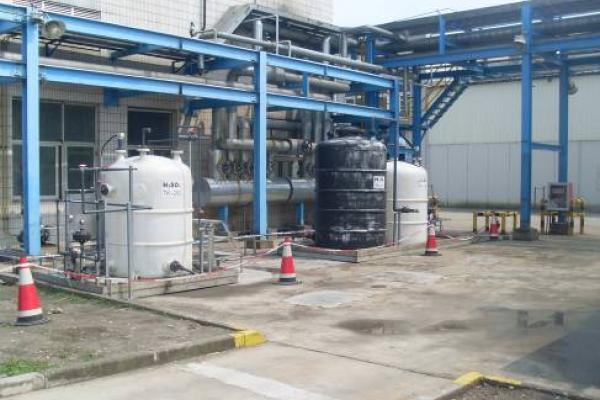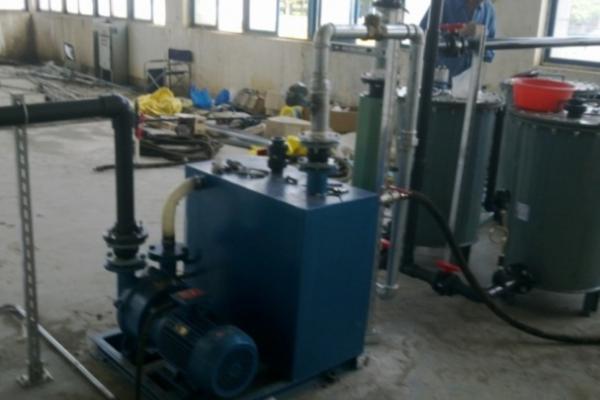

This was an in-situ remediation project at a pharmaceutical plant in Shanghai with BTEX contamination. The main contaminant of concern was toluene, which is a LNAPL. The investigation results using membrane interface probe (MIP) indicated that the contamination was mainly within 5m below ground surface.



This project was completed between 2010 and 2011. Dual phase extraction (DPE) and in-situ chemical oxidation (ISCO) were used for the in-situ remediation. DPE was used to recover the free phase toluene. Hydrogen peroxide was used in ISCO to destroy the residual toluene in dissolved phase.
Within 25 days, a total of 720 L of liquids was extracted from 9 wells by the DPE system. The total amount of toluene removed was approximately 125kg. The thickness of LNAPL in all extraction wells decreased significantly after 25 days of extraction. No LNAPL could be found in wells located near the periphery of the LNAPL plume after 25 days of extraction.
During the process of ISCO treatment, 49 injection wells were installed and two rounds of injection were conducted. Approximately 10,355 liters of 5% sulfuric acid and 22,565 liters of 8% hydrogen peroxide were injected into the ground within a half month in the first round. An average of 200 liters of sulfuric acid and 400 liter of hydrogen peroxide were injected into each well. In the second round, approximately 15,816 liters of 5% sulfuric acid and 38,850 liters of 8% hydrogen peroxide were injected. The subsequent monitoring results showed that the concentration of toluene in the treatment area was significantly reduced and the desired remediation goal was achieved.